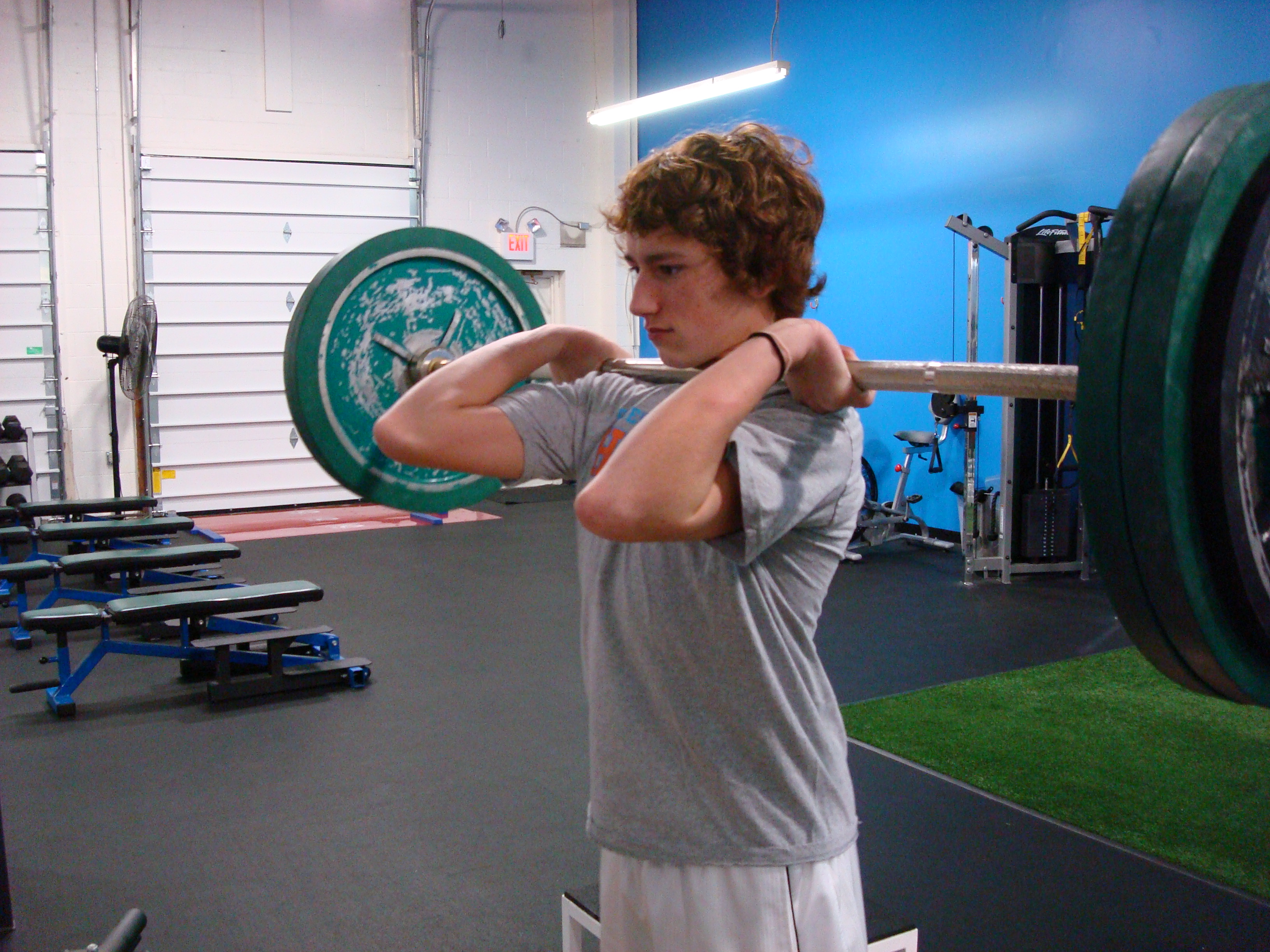Anthony Donskov
Anthony Donskov is the founder of DSC where he serves as the Director of Sport Performance. Donskov holds a Masters Degree in Exercise Science & is the author of Physical Preparation for Ice Hockey.
Isolation vs. Function
- Font size: Larger Smaller
- Hits: 3761
- Subscribe to this entry
- Bookmark
The “Functional” training era is upon us in the strength and conditioning world. The importance of multi-joint movement is paramount in building effective, results driven programming. Just mentioning the word “isolation” elicits the same response as someone trying to steal the family dog.

“Our body was not designed to isolate muscle, it was designed to recruit multiple muscle groups to enhance function and perform movement.” Yada, yada, yada! Although I agree with this reasoning, in some cases this does not work. Why don’t we take the same approach to fixing our cars?
Mechanic: “Sir, after looking under the hood we strongly recommend investing in a new timing belt.
Customer: Let’s just replace the engine?
All we need to do is replace (isolate) the timing belt, but instead we focus on replacing the engine (Functional training). I believe this happens all to often in the strength and conditioning world. I am all for the big lifts (Bench, Front Squat, Trap Bar, RFESS) as these are the bulk of many of my programs. I am also not trying to undervalue the importance of sound movement. However, there are times when “isolation”/activation work is just as important.
- Previous Injury
- Faulty movement
- Tissue Adaptation
Isolate/Activate the Serratus Anterior: The serratus works with the pec minor to protract the scapula and with the upper and lower trap to upwardly rotate the scapula. If we can’t protract the scapula effectively, how can we perform the catch phase of a hang clean? How can we safely overhead lift?

Catch phase of the Clean: Protracted Scapula
Push-Up plus (minus the push-up)
Isolate/Activate the Lower Trap: The lower trap cannot be undervalued. The classic upper crossed syndrome (desk jockeys and athletes) places strain/tightness on the levator scapula and the upper traps essentially diminishing the role of the lower trap as a scapular depressor. Can you spell shoulder impingement? Previous injury can also alter scapulo-humeral rhythm and have profound affects on the shoulder, elbow and hands.

Prone Y/Full can
Standing Y's
Isolate/Activate the Rotator Cuff: This is a highly debated topic in the strength and conditioning field. The shoulder is dependant on the dynamic stabilizers to produce compression, tension, and neuromuscular control. The loss of dynamic stability can result in muscle weakness, muscle imbalance, decrease proprioception and injury. We live in an anterior dominate society, so building the posterior dominant shoulder plays an important role in health and performance.
The W Exercise
Shoulder Saver: Handcuffs
Movement proficiency is paramount in a good strength and conditioning program. Many times however, we focus on the large picture without isolating/activating the weakest link. Why replace the engine, when we can remedy the problem with a new timing belt? These corrective strategies can be added to programming as paired movements or in between strength exercises as “activation” work. We are all mechanically flawed from tissue adaptation, asymmetry, and previous injury. Remember by fixing the timing belt, we are increasing the efficiency of the engine to perform its duty, and no one is stealing the family dog!
References:
Reinold, M, Escamilla, R, Wilk, K, Current Concepts in the Scientific and Clinical Rationale Behind Exercises for the Glenohumeral and Scapulothorcic Musculature: Journal of Orthopedic and Sports Physical Therapy, Vol. 39, No. 2, February 2009
Anthony Donskov, MS, CSCS, PES, is a former collegiate and professional hockey player, founder of Donskov Strength and Conditioning Inc., (www.donskovsc.com) and Head Instructor/Director of Off-Ice Strength and Conditioning for Donskov Hockey Development (www.donskovhockey.com). He can be reached at info@donskovsc.com .
Facebook: http://www.facebook.com/pages/Donskov-Strength-and-Conditioning-Inc/111694352189187
Twitter: http://twitter.com/Donskovsc
